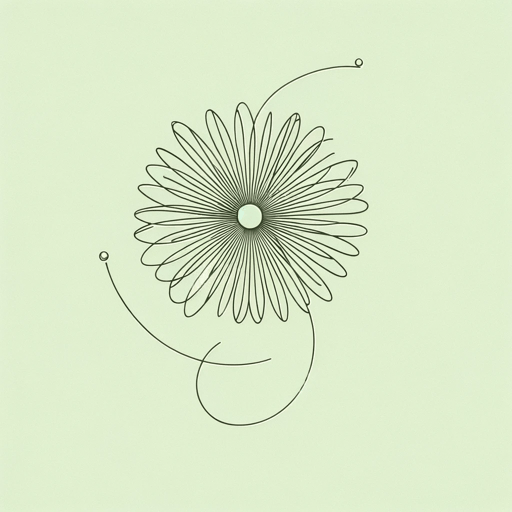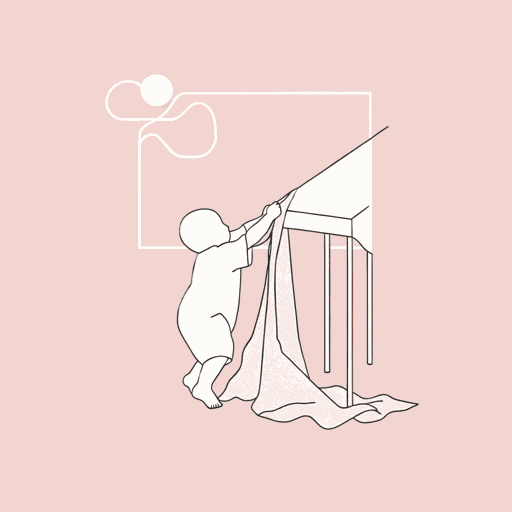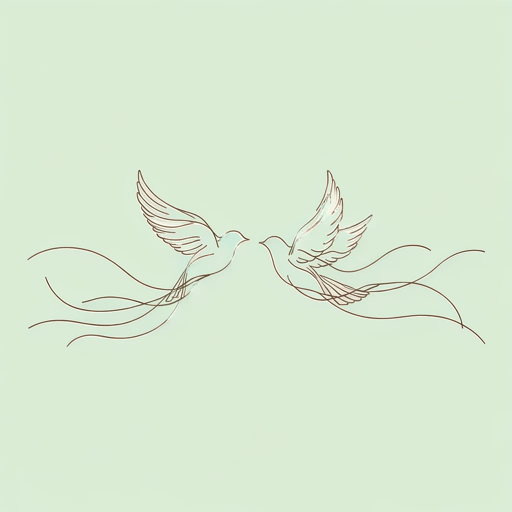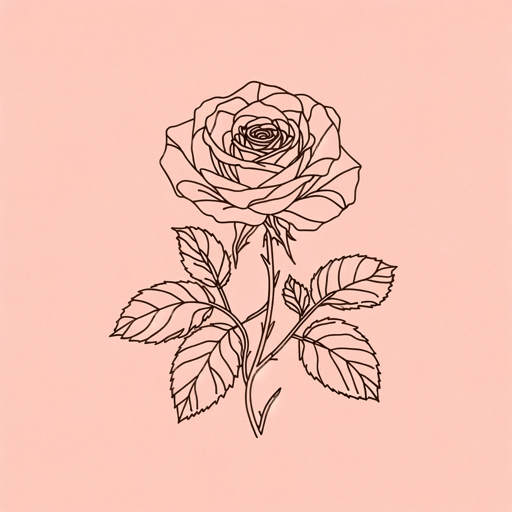35 pages • 1 hour read
Wisława SzymborskaThe End and the Beginning
Fiction | Poem | Adult | Published in 2001A modern alternative to SparkNotes and CliffsNotes, SuperSummary offers high-quality Study Guides with detailed chapter summaries and analysis of major themes, characters, and more. For select classroom titles, we also provide Teaching Guides with discussion and quiz questions to prompt student engagement.
Symbols & Motifs
The Cameras
In Stanza 5, Szymborska makes readers aware of the presence of cameras by removing them from the poem altogether. The speaker states,
photogenic it’s not,
and takes years.
All of the cameras have left
for another war (Lines 18-21).
On the surface, the cameras represent the news media, capturing moments of violent combat and calling it content: a traumatic story that viewers cannot help but watch unfold. However, the cameras also represent the inherent circularity of war. Szymborska cites “another war,” implying that large-scale combat is never-ending, cycling through various countries just like the news stories that cover the devastation (Line 21). As soon as one war ends, another begins, making readers startlingly aware of the circularity of the poem itself. The inherent peace Szymborska establishes within the post-war future of Stanza 10 will inevitably be disrupted by another war, forcing readers back to Stanza 1. The symbol of the camera reinforces Szymborska’s argument that war does not mark the end of suffering, but the cause of more trauma.
The Grass
The grass that is introduced in the final stanza of “The End and the Beginning” is one of the poem’s most versatile symbols. In Stanza 10, Szymborska writes about a future far beyond the post-war reconstruction efforts.
Related Titles
By Wisława Szymborska




